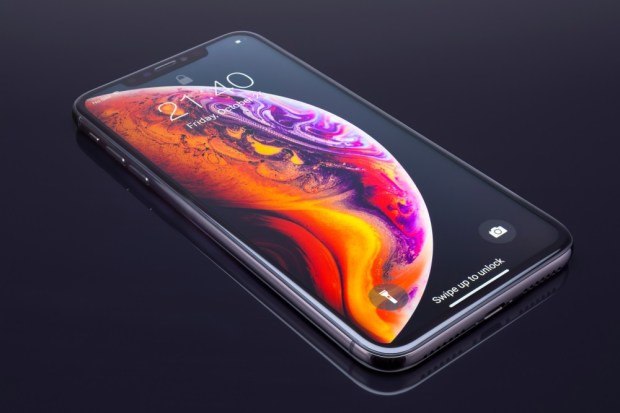Citi Latest To Lower Q1 iPhone Forecast

Apple was dealt more bad news on Friday (Dec. 28) when Citi Research cut its estimates for iPhone production in the first quarter, becoming the latest Wall Street firm to go negative on the Cupertino, California iPhone maker.
Reuters, citing Citi Analyst William Yang, reported that Citi Research expects Apple to make 45 million iPhones in the first quarter, lower than the 50 million estimates Yang previously had. The analyst cited weak demand for its highest-end iPhone XS Max.
“The material cut in our forecasts is driven by our view that [the] 2018 iPhone is entering a destocking phase, which does not bode well for the supply chain,” Yang wrote, according to Reuters. In the case of the iPhone XS Max, Citi now expects sales to come in 48 percent lower than originally forecasted.
Citi Research joins a growing list of Wall Street firms that are bracing for worse first-quarter results than anticipated, amid lackluster demand for Apple’s newest iPhones. In November, concerns began to mount after The Wall Street Journal reported that Apple reduced production orders for the models it launched in September. That prompted a sell-off in Asian suppliers and assemblers of the iPhone. In December, TF International Securities lowered its iPhone shipment forecast by 20 percent for the first quarter.
Then, in a recent interview with CNBC investment firm Pelham Smithers Associates, Managing Director Pelham Smithers said shares of Apple could drop double digits in the new year amid the low demand for its iPhones in the U.S. and China. Apple is also expected to be negatively impacted by the trade war between the same two countries. Smithers did predict for Apple’s business to pick up again when it launches a 5G-based iPhone in 2020.
Meanwhile, UBS Analyst Timothy Arcuri warned earlier this month that purchase intention for the iPhone “was down across the board,” with the biggest dips seen in the U.S. and China. In a research report, Acuri said iPhone buying intent in the U.S. is at a five-year low, and close to the same level as the iPhone 6S, which was seen as a failure for Apple.
